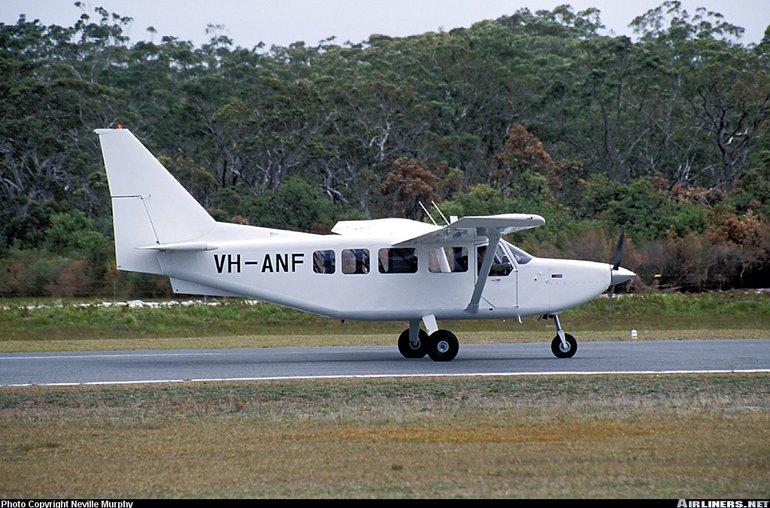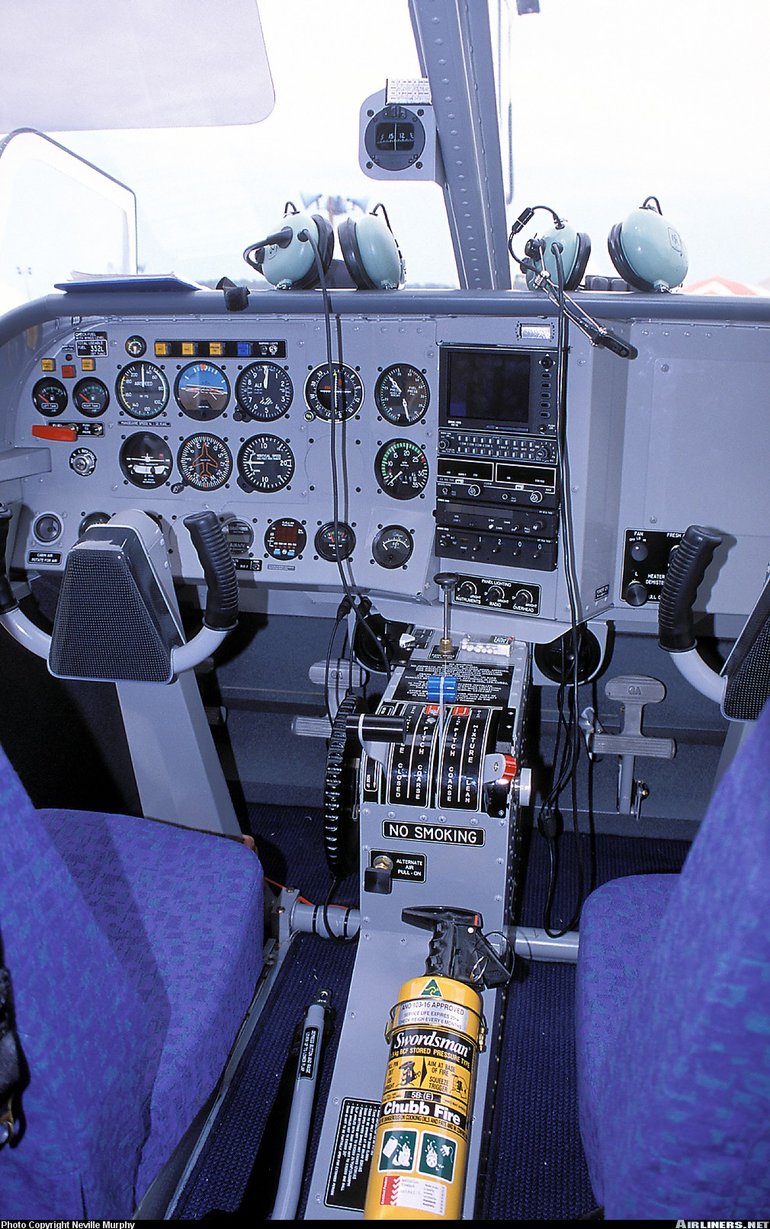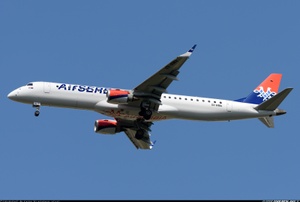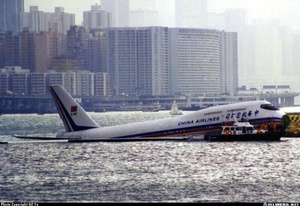Gippsland GA-8 Airvan
Details
Country of Origin
Australia
Type
Eight seat utility light aircraft
History
The GA-8 Airvan is the second all new aircraft design from Australian manufacturer Gippsland Aeronautics, and has been designed as a utility transport to replace the popular Cessna 206/207 series and others such as the de Havilland Canada Beaver.
Design work on the Airvan began in early 1994 and prototype construction commenced soon after. This prototype flew for the first time on March 3 1995 and publicly appeared at the Australian International Airshow and Aerospace Expo at Avalon later that month after having completed just eight flying hours.
At that time Gippsland Aeronautics anticipated that the Airvan could be certificated within 12 months, all being well. Unfortunately the prototype subsequently crashed during spinning trials in February 1996, pushing back somewhat the planned certification and entry into service dates.
The prototype Airvan was powered by a 185kW (250hp) Textron Lycoming O-540 driving a two blade propeller. A second prototype flew in August 1996, powered by a 225kW (300hp) IO-540. This was to be replaced with a 225kW (300hp) IO-580 but production aircraft will have an IO-540-K as detailed above.
Other Airvan design feature include its high mounted two spar wing which is based on the unit on the GA-200 ag aircraft, the square sided large volume fuselage with a large sliding freight door on the port side, and fixed landing gear designed for rough field operations. Wiplane floats will be offered as options.
First customer deliveries are planned for 1999 following Australian and US FAA certification. The Airvan should prove to be a keenly priced competitor to Cessna's new production 206H, which is expected to cost more and is slightly smaller (seating six rather than eight). Gippsland Aeronautics also sees the Airvan as a worthy replacement for ageing 206/207s and DHC Beavers which have had to soldier on in service due to the lack of a suitable, cost effective replacement type.
Powerplants
One 225kW (300hp) Textron Lycoming IO-540-KA5 fuel injected flat six driving a three blade constant speed propeller.
Performance
Max cruising speed 240km/h (130kt), economical cruising speed 222km/h (120kt). Initial rate of climb 750ft/min. Service ceiling 20,000ft. Range with max fuel 1205km (650nm), range with max payload 185km (100nm).
Weights
Empty 862kg (1900lb), max takeoff 1815kg (4000lb).
Dimensions
Wing span 12.37m (40ft 7in), length 8.79m (28ft 10in), height 2.82m (9ft 3in). Wing area 19.3m2 (208.0sq ft).
Capacity
Single pilot and passenger side-by-side with up to six passengers in the main cabin behind them. Main cabin can also configured to carry freight.
Production
Six deliveries expected in 1999. Planned annual production rate of 150 from 2001.
Related Links
Gippsland GA-8 Airvan
The backbone of this section is from the The
International Directory of Civil Aircraft by Gerard Frawley
and used with permission. To get your own copy of the book
click here.



















